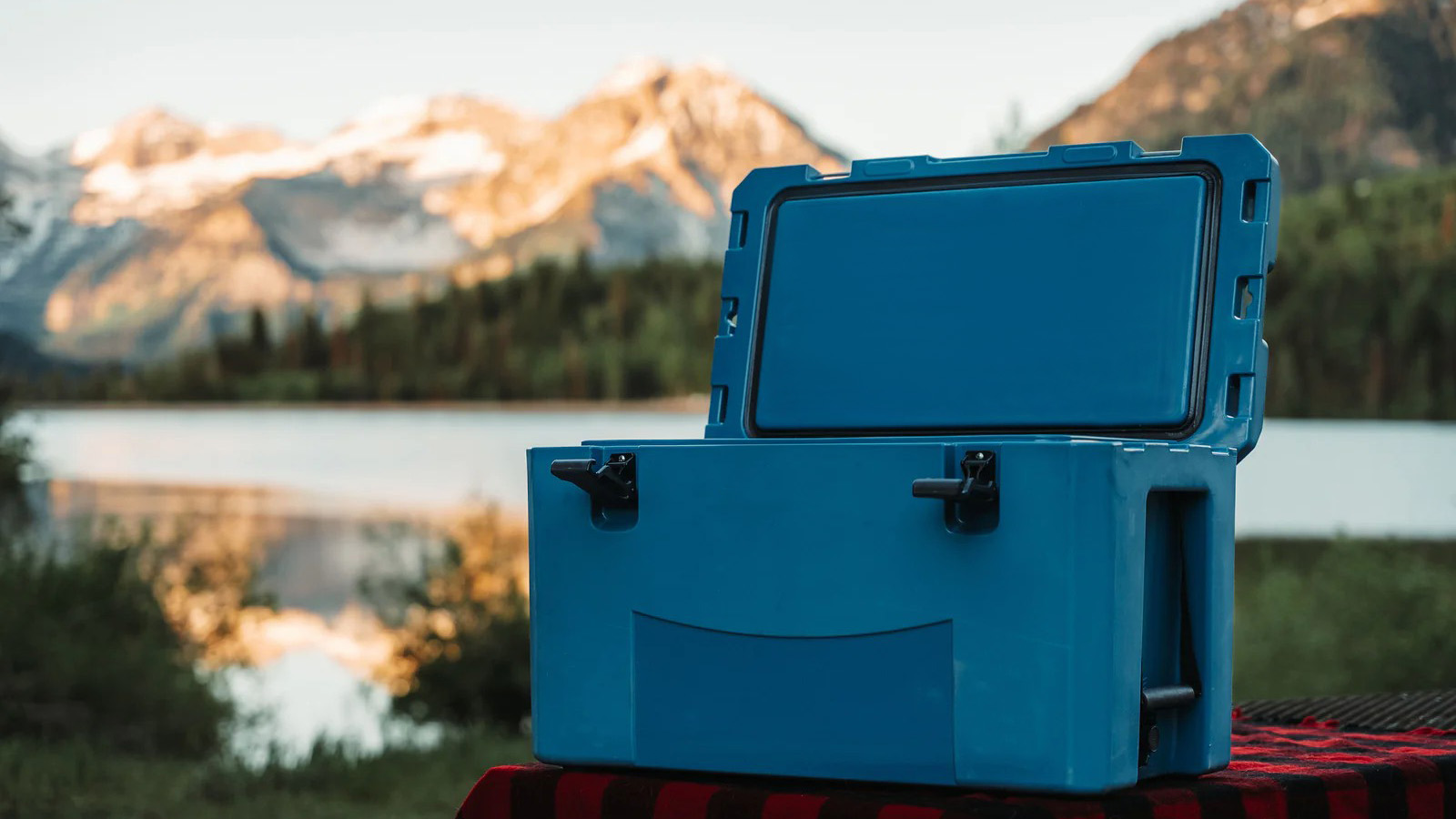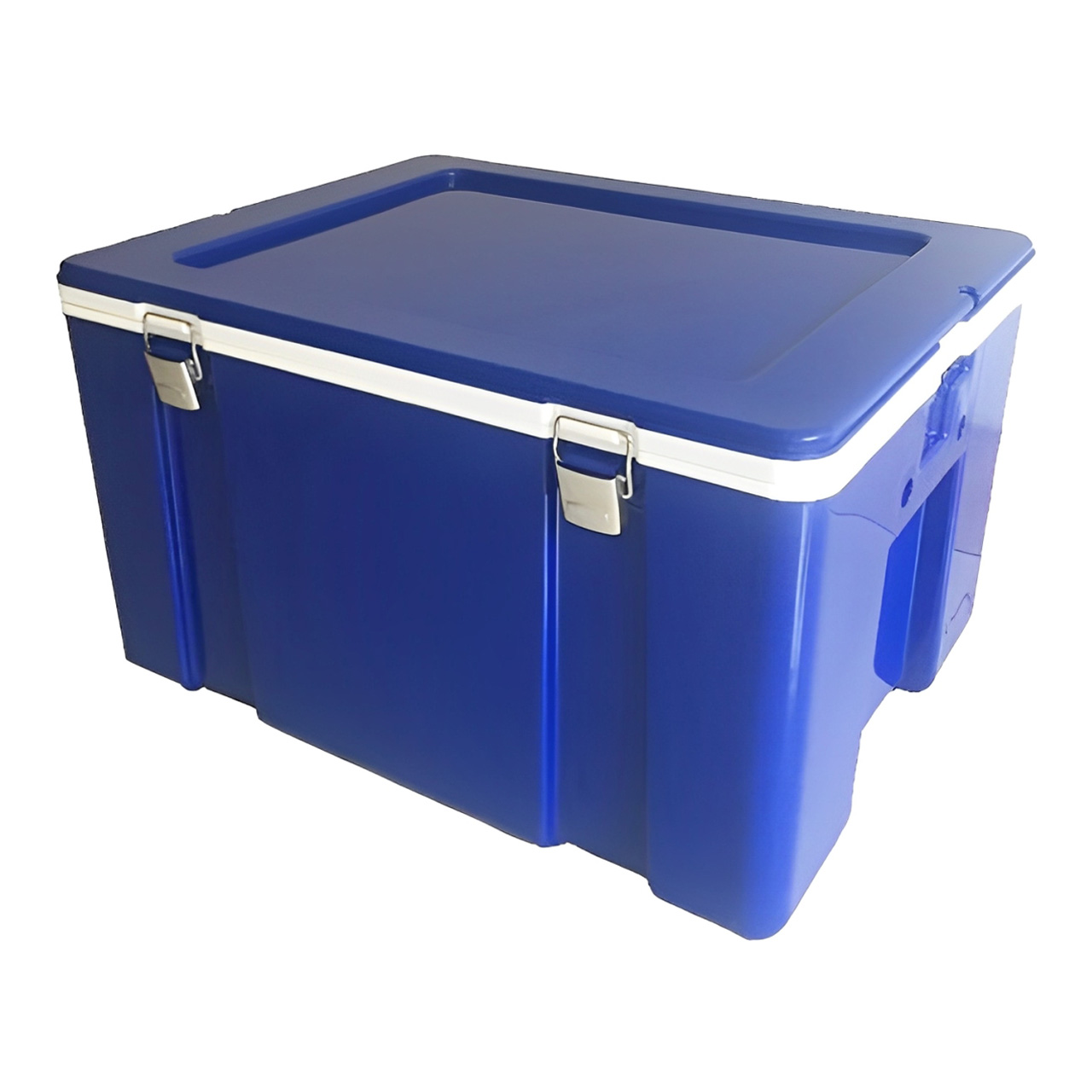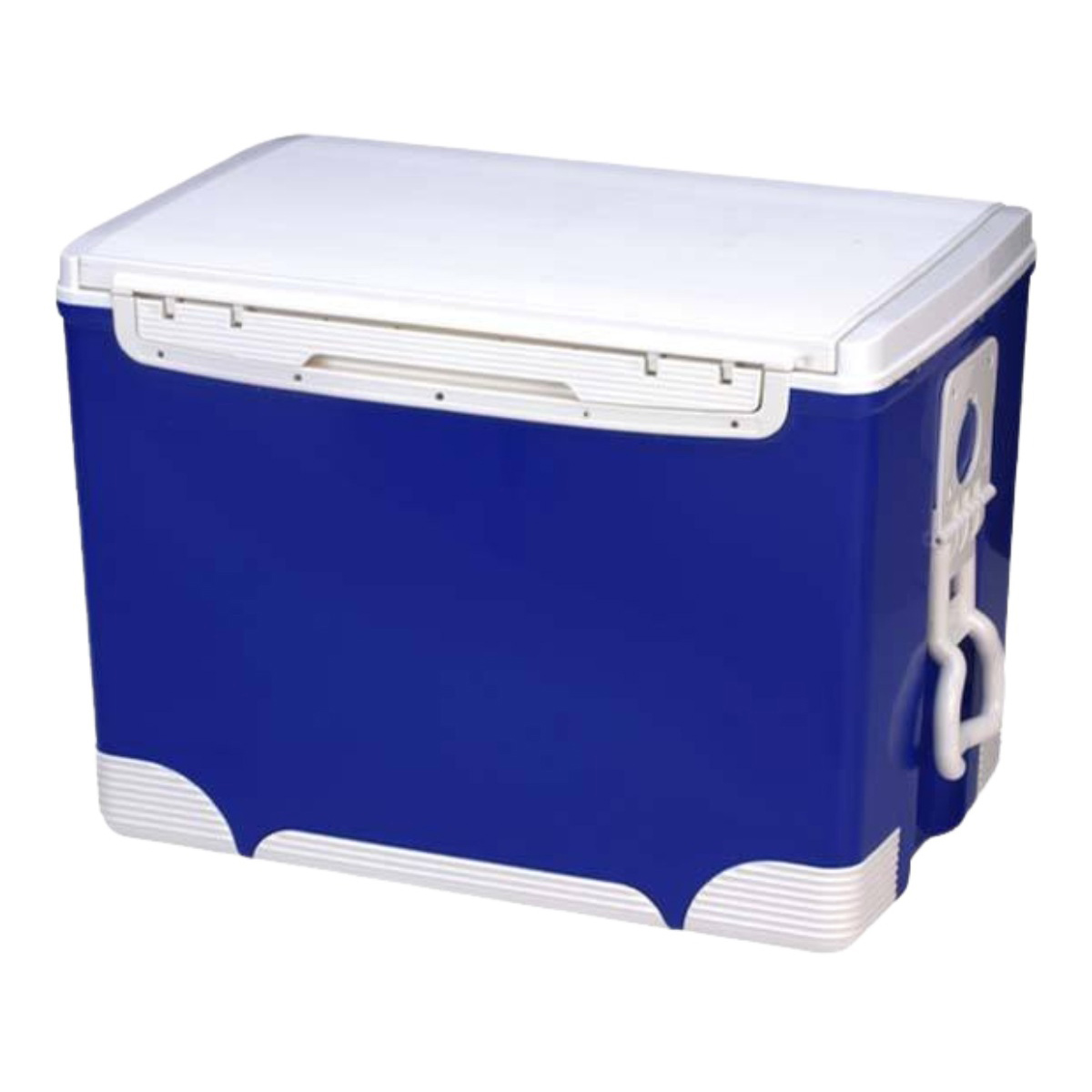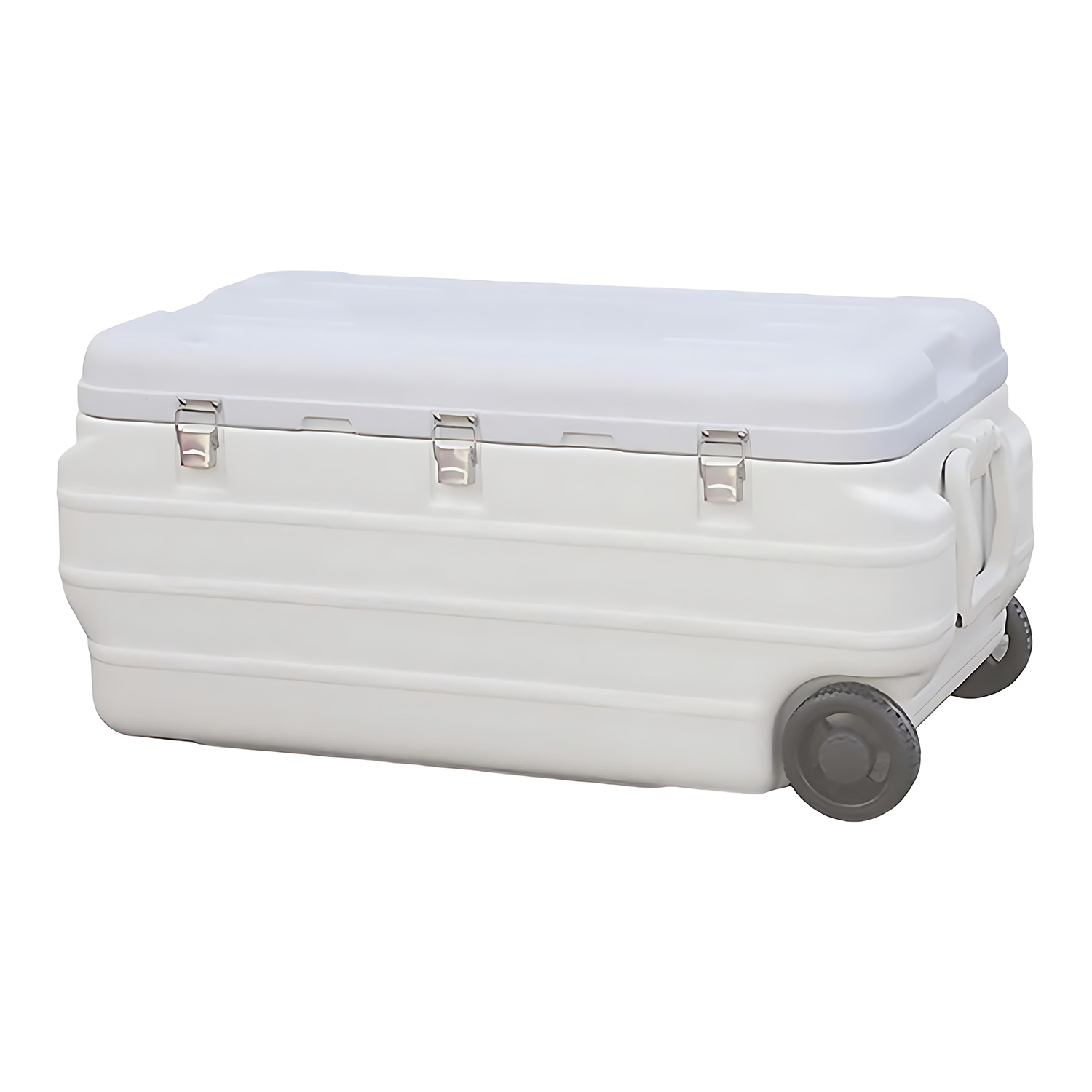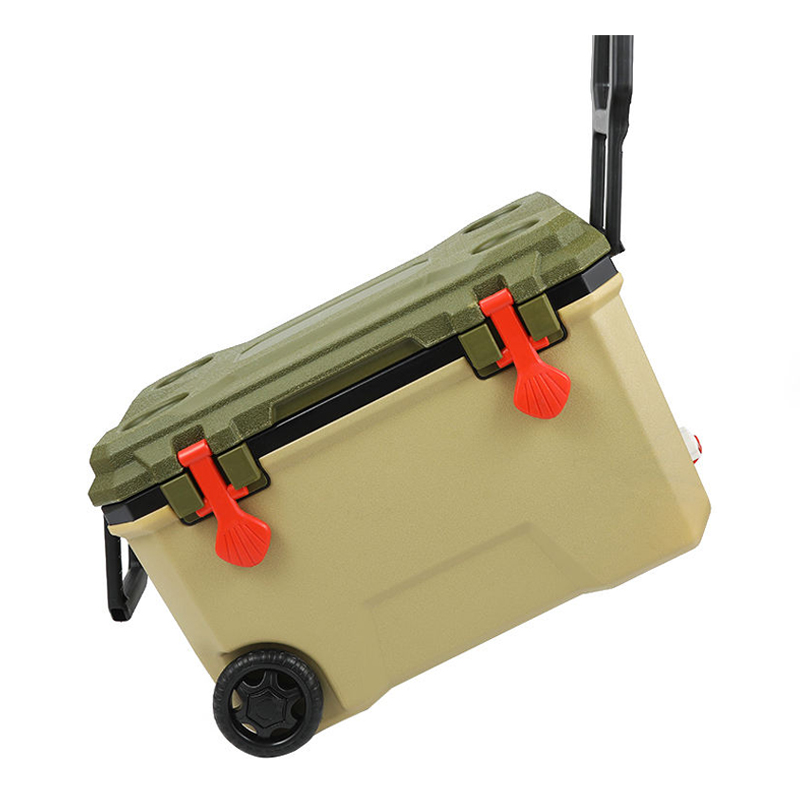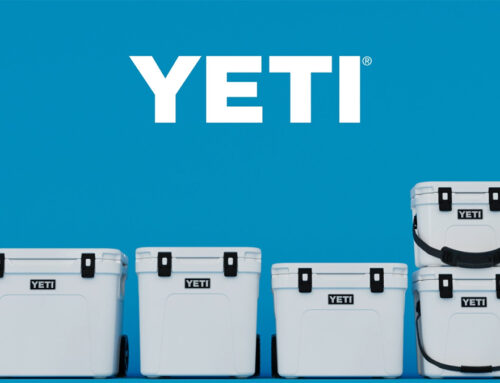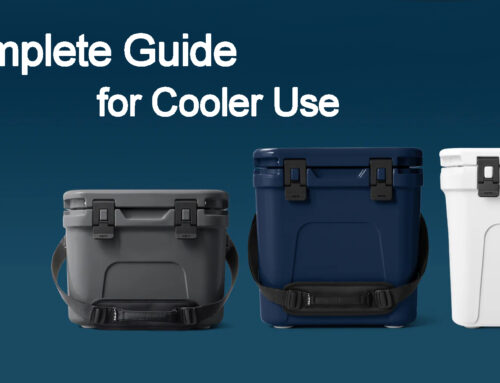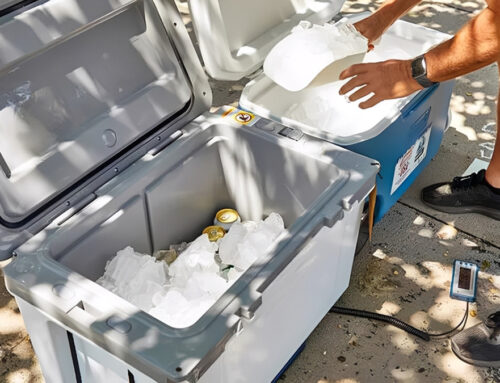Investing in high-quality hard-sided coolers is a significant decision for businesses, especially those in the outdoor, catering, or event – planning industries. As a leading hard cooler ice box manufacturer, KingStar Mold specializes in production of coolers engineered to endure the harshest outdoor conditions. Whether you’re equipping a campsite, supplying a beach side event, or outfitting a boat for extended voyages, our coolers are designed to maintain ice integrity and keep beverages refreshingly cold.
This article covers some of the most common issues, from both the buyers and the end-users, providing practical and detailed insights to help you form your business or make the best from your cooler investment with us.
- 1. How are our coolers produced, and what are their advantages?
- 2. Can I get a customized cooler design for my business?
- 3. Can we use these coolers for private labeling or OEM/ODM orders?
- 4. What is the minimum order quantity (MOQ) for wholesale coolers?
- 5. How do your coolers compare in price to competitors?
- 6. If your prices are lower than others, does that mean the materials used are of poor quality?
- 7. Will cooler color affect performance?
- 8. What is pre-chilling and does it really improve ice retention?
- 9. How much ice should I use in my cooler?
- 10. Can I use dry ice in a cooler?
- 11. My cooler is not keeping ice as long as it used to. What should I do?
- 12. What should I do if my cooler is damaged?
- 13. What about protective performance in outdoor environments?
- 14. Are your coolers watertight or airtight?
- Final Notes
1. How are our coolers produced, and what are their advantages?
Our coolers are mainly produced using the rotational molding process, with a portion also made via the injection molding process:
Rotational molding offers several key advantages. Coolers made this way have thicker walls, providing a more solid structural foundation and enhancing durability. They are one-piece molded, requiring no subsequent splicing steps, resulting in no seams—this avoids issues like water leakage and cracking that can occur with seams. Additionally, they are more robust, boasting strong overall structural stability, excellent impact and deformation resistance, and better ability to adapt to complex usage environments. Their insulation performance is also superior because the thick, seamless structure effectively reduces heat exchange, keeping the interior cool for longer. However, due to the relatively complex and time-consuming production process of rotational molding, the cost is higher.
On the other hand, injection molding makes it difficult to inject the entire cooler shape in one go (usually the inner and outer walls need to be injected separately, and perhaps only half of each inner/outer wall can be produced at a time. The different parts are then connected together through welding). They have thinner walls compared to rotationally molded ones, saving on material usage. The separate molding of components allows for higher flexibility in individual design and production. Moreover, the injection molding process is more efficient, with lower costs for molds and production procedures.
2. Can I get a customized cooler design for my business?
Yes, at KingStar, we are very proud of our OEM and ODM capabilities. We have a team of top professional engineers who have over 20 years of manufacturing experience and can help you transform your unique design concepts into popular radiator products. Whether it’s specific dimensions, shapes, colors, or additional features, we will work closely with you to meet your business needs.
Simple customization usually does not involve additional minimum order requirements, such as color, surface treatment, logo printing, etc. Although the production cycle will be slightly longer, it is still relatively short overall. However, complex customization (including shape customization and customizing special capacities) involves redesign & custom mold building, which results in a longer production cycle and a relatively higher minimum order quantity.
3. Can we use these coolers for private labeling or OEM/ODM orders?
Absolutely. As a factory-direct manufacturer specializing in wholesale and OEM/ODM production, we fully support brand labeling and customizing services to meet your brand building requirements.
- Private labeling flexibility: We can customize the appearance of the cooler according to your requirements, including adding your brand logo, color scheme or specific design elements – whether through screen printing, embossing process or die-cutting method is fine. Thus, you can fully market and promote your product under your own brand.
- OEM/ODM capabilities: Beyond labeling, our engineering team can collaborate with you on custom designs, including adjustments to size, insulation thickness, or added features (e.g., specialized latches, drain systems). We’ll work from your specifications to deliver coolers tailored to your target market.
- Streamlined process: With no middlemen, we handle production, customization, and bulk shipping directly, ensuring cost efficiency and shorter lead times for your private-label or custom orders.
Simply share your brand requirements or design plans, and our team will provide a detailed solution to align with your contract manufacturing goals.
4. What is the minimum order quantity (MOQ) for wholesale coolers?
Our MOQ varies depending on the cooler model and customization requirements. For standard models, the MOQ is relatively reasonable to accommodate businesses of different scales and is usually marked on each product page, typically from 0 to 350 (if MOQ is not indicated in the product page, then it is generally 0).
5. How do your coolers compare in price to competitors?
Our pricing is highly competitive, and this advantage stems from multiple key factors that set us apart:
- No brand premium: As a factory-direct manufacturer focused on wholesale and OEM/ODM services, we don’t factor in heavy brand marketing costs or premium pricing associated with established retail brands. This allows us to price based purely on production value.
- Elimination of middlemen: By conducting transactions directly with the enterprises, we eliminate the intermediate distributors, retailers and resellers – otherwise each of these links would increase its own profit margin. This direct model ensures that the price you pay is closer to the actual production cost.
- Efficient manufacturing: We have invested a large amount of money in automated equipment, thereby reducing the increase in costs caused by labor-intensive production methods.
- Favorable labor structure: Compared to U.S.-based manufacturers, our operational costs, including labor, are more optimized. This cost efficiency is passed directly to our wholesale partners without compromising on quality.
The result? You get coolers of equivalent quality to top-tier brands, but at a more competitive price point—ideal for businesses focused on maximizing margins in private labeling or bulk distribution.
6. If your prices are lower than others, does that mean the materials used are of poor quality?
Not at all. Our cooler prices are more competitive, but it has nothing to do with inferior materials. In fact, we use the same high-quality materials as top-tier brands.
For the outer shell, we mainly adopt high-strength polyethylene. This material is not only wear-resistant and impact-resistant, ensuring long-term durability during various uses, but also has excellent weather resistance, which can maintain its good performance under different weather conditions.
Regarding the insulation layer, we use high-density polyurethane foam, the same as many high-end coolers. This foam has a low thermal conductivity, effectively blocking heat transfer and keeping the interior of the cooler cold for an extended period. In addition, for some models, we also incorporate advanced insulation materials such as aerogel composites. Aerogel is known for its extremely low thermal conductivity, large specific surface area, and high porosity, which can significantly enhance the insulation performance of the cooler.
The reason we can offer more competitive prices is that most of our materials are sourced locally in China. This significantly reduces costs related to long-distance transportation and import tariffs, allowing us to pass on the savings to our customers—without compromising on quality. Every cooler undergoes strict quality checks to meet our high standards, so you can trust that you’re getting a reliable product at a better price.
7. Will cooler color affect performance?
Color does have an impact on cooler performance, although it is relatively minor:
Darker colors absorb more heat: A cooler in a dark color, such as dark green, will warm up faster when exposed to direct sunlight compared to a white cooler. This could potentially reduce ice retention by a few hours.
But insulation still dominates. All our hard coolers are equipped with thick, pressure-injected insulation. As a result, even coolers in darker colors can retain ice for 5-7 days under normal usage conditions.
If your business frequently operates in areas with intense sunlight, choosing a lighter-colored cooler may be beneficial. Otherwise, you can select a color that aligns with your brand or aesthetic preferences.
8. What is pre-chilling and does it really improve ice retention?
Although the quality of the cooler itself is very important, what many people often overlook is that different using hacks can significantly affect the ice retention – sometimes, poor using hacks can cause the ice in a high-quality cooler to melt even faster than that in a low-quality cooler.
Pre-chilling is a simple yet highly effective method to enhance your cooler’s performance. Essentially, it involves cooling the internal insulation before loading the actual contents. If your cooler has been stored in a warm environment, such as a hot garage or under the sun, the insulation absorbs ambient heat. Without pre-chilling, the ice first has to cool down the cooler itself before it can effectively keep your food and drinks cold, resulting it to melt before it actually works as we wish.
12 – 24 hours before your intended use, bring the cooler indoors and fill it with sacrificial ice or frozen water bottles. This gradually lowers the internal temperature.
Don’t forget to pre-chill your content too. When you start preparing the cooler, put the food and drink you want to take into the refrigerator and temp them down to the ideal temperature.
When you’re ready to load the cooler for its intended use, discard the meltwater and add fresh ice and your prepared items. This simple step can extend ice retention by several hours or even 1-3 days.
9. How much ice should I use in my cooler?
For optimal results, we recommend a 2:1 ice-to-contents ratio, meaning 2/3 of the cooler should be filled with ice and 1/3 with food or drinks. Here’s why this ratio is crucial:
Block + Cube = Balance: Use block ice for long-term ice retention as it melts more slowly. Combine it with cubed ice to fill in the gaps. Minimizing air space within the cooler slows down the ice-melting process.
10. Can I use dry ice in a cooler?
Yes, our hard coolers are compatible with dry ice, but several precautions are necessary:
- Pressure control built-in: Our coolers are designed with a pressure – release gap in the gasket. This allows sublimating CO₂ to escape safely, preventing dangerous pressure build-up.
- Layering tips: Place dry ice at the bottom of the cooler, separated by a barrier such as cardboard or towels. Add another insulating layer on top of the dry ice, followed by regular ice and your food or drinks. In this way, dry ice can serve as a low-temperature source for your regular ice, without damaging your food or beverages under extreme cold (especially for carbonated drinks, as they are prone to explode at such extremely low temperatures). We recommend that you choose a cooler with a drain plug at the bottom; When transporting, open the drainage plug. This way, only a small volume of hot air seeks in while carbon dioxide produced by the dry ice can be slowly discharged (however, there is a certain risk in enclosed spaces such as carriages, so it is necessary to open the windows for ventilation)
- Safety notes: Never handle dry ice with bare hands, and always ensure proper ventilation, especially when transporting the cooler in a vehicle.
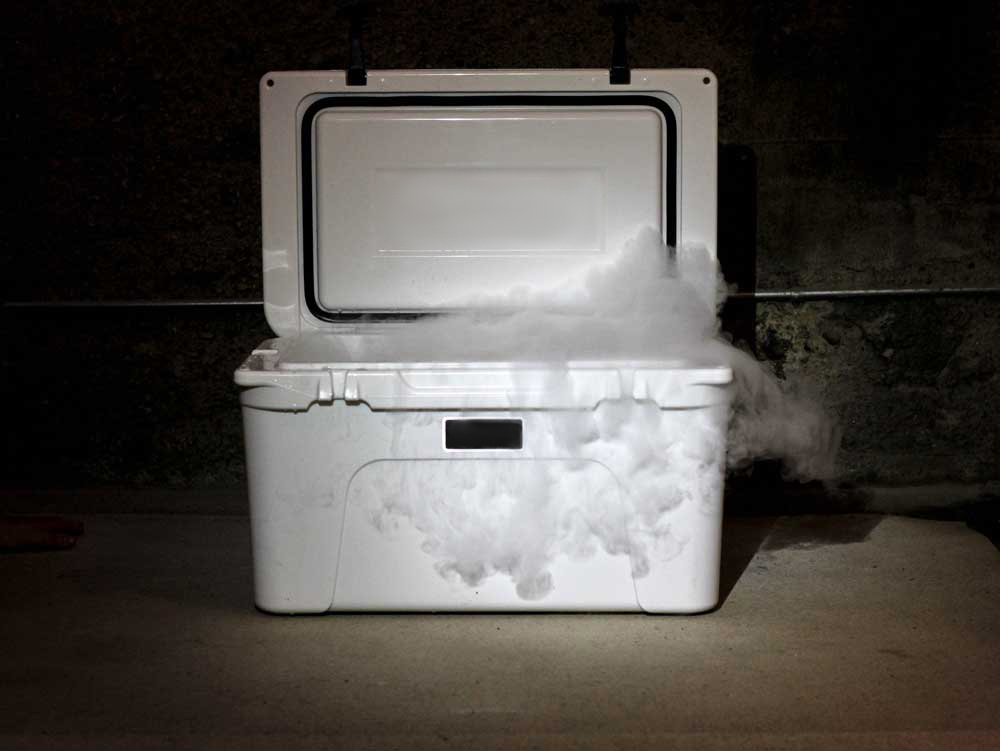
11. My cooler is not keeping ice as long as it used to. What should I do?
KingStar Mold designs its coolers for maximum insulation and durability, aiming for extended ice-keeping capabilities. If you notice a decline in your cooler’s performance, several factors could be at play. First, consider whether there have been any changes in your usage method or the environment.
Consider the cooler’s load and environment: The amount of ice used and the environmental temperature where the cooler is placed can significantly impact ice retention. For example, placing the cooler in direct sunlight or opening it frequently can reduce its cooling performance.
Solution: Minimize the frequency of opening the cooler and position it in a shaded area to avoid excessive heat exposure. Also, use an adequate amount of ice relative to the cooler’s size to optimize performance. For more protips, refer to: Cooler Hacks to Keep Ice Longer.
Clean the cooler regularly: Buildup of dirt and residue can affect the cooler’s sealing and insulation properties. Especially when there are bacteria or mold in the cooler, they will generate heat, resulting in a decreased ability to preserve ice.
Solution: Thoroughly clean your cooler, especially around the lid and the drain plug, to prevent dirt, mold or anything from compromising its ice-retention capabilities.
If the problem does not lie in the using method or the environment, then it might be that there is something wrong with the cooler itself:
12. What should I do if my cooler is damaged?
If none of the above is the case, then it is very likely that the cooler has aged or been damaged. But don’t worry, our coolers come with a 5-year warranty. For the following common issues, you can try these solutions first:
Gasket has a gap
The small gap in the lid gasket is intentional—it acts as a pressure release to make opening easier and safer, especially with dry ice. If the gap seems too wide due to a shifted gasket, simply remove and re-seat it. Warming the rubber slightly in sunlight can help secure it better.
Damaged or loose lid: The lid is crucial for maintaining the internal temperature. Ensure that the lid can close properly and that there are no damages or dirt at the sealing edges. Poor sealing can allow hot air to enter, thereby reducing the preservation rate of the ice cubes.
Solution: Regularly clean the sealing area and check for any cracks or signs of wear. If the seal is damaged, contact Jinxing Mold Company for replacement.
Leaking drain plug
- Use a flathead screwdriver, adjustable wrench, and (for specific models) a T20 Torx screwdriver.
- Remove the drain cap; if there’s an anti-rotation screw, take it out first.
- Tighten the drain collar with the screwdriver (tap clockwise gently).
- Test for leaks by filling the cooler with water. Repeat tightening if needed, then reinstall the anti-rotation screw (if applicable).
If these steps don’t work, contact us for further support—our warranty covers necessary replacements or additional troubleshooting.
Insulation: Over time, wear and tear or improper handling may compromise the insulation. Although our coolers are made from high-quality rotomolded materials, external damage can still affect their efficiency.
Solution: Examine the cooler for any cracks or holes. If the insulation is compromised, you may need to replace the cooler or consult KingStar Mold’s customer support for options.
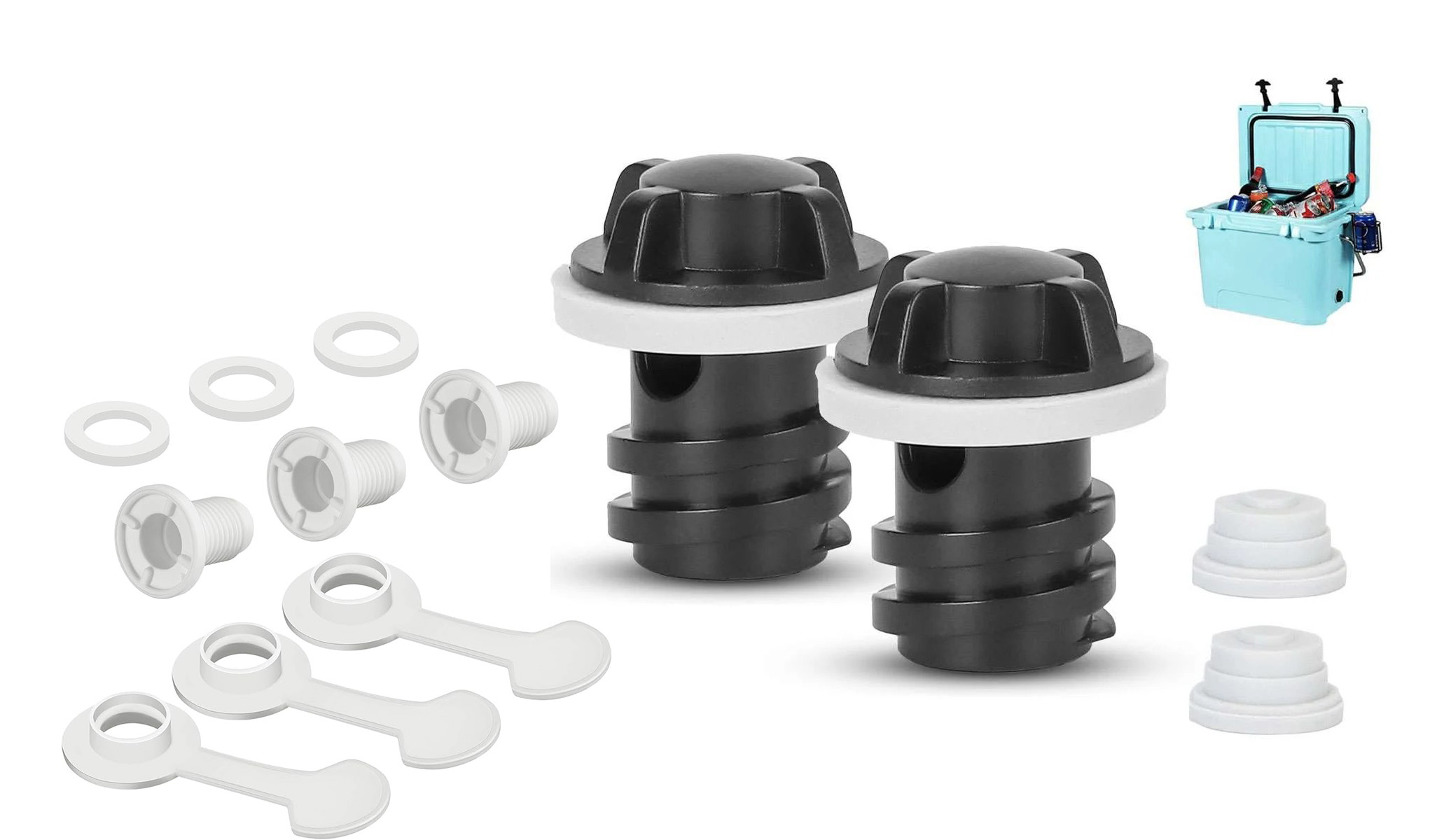
13. What about protective performance in outdoor environments?
Our hard coolers adopt rotomolded technology on par with high-end outdoor brands, with an overall structure featuring enhanced design: thickened walls can resist strong external impacts, and reinforced latches combined with a precision-sealed structure effectively improve the cooler’s impact resistance and sealing performance.
This craftsmanship and structural design enable it to handle collisions, squeezing, and other situations that may occur in complex outdoor environments, providing stable protection for stored items. Whether for camping, hiking, or other outdoor scenarios, its solid workmanship ensures reliability during use, aligning with the durability standards of professional outdoor equipment.
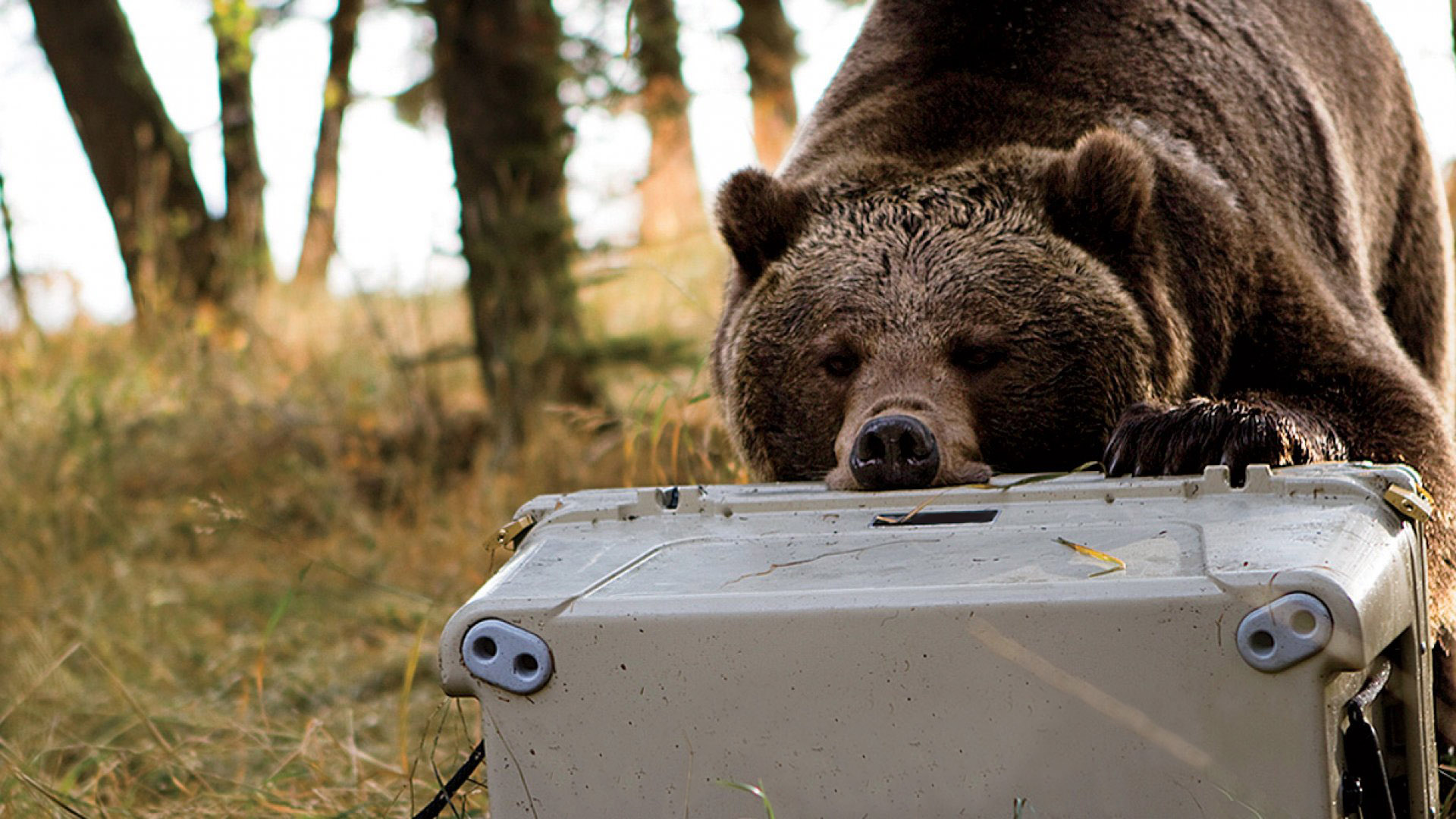
14. Are your coolers watertight or airtight?
Our coolers aren’t fully airtight or watertight—and this is intentional. A completely airtight design would trap pressure inside, caused by temperature differences between the cooler’s interior and the outside. This pressure could make the lid nearly impossible to open, especially after being closed for a while.
Instead, our coolers are designed to be water-resistant. They won’t leak under everyday use, like when you’re storing ice, drinks, or food. But they aren’t meant to float or be fully submerged in water—so avoid using them as flotation devices or submerging them completely.
Final Notes
If you have more questions about buying, wholesaling, or using our coolers, feel free to get in touch. You can email us (sales@kingstarmold.com) or leave online message for support. Our team is here to help with troubleshooting, replacements, or anything else you need. At KingStar Mold, we stand behind our coolers’ performance and are committed to making sure you’re satisfied—with products and service that fit your business needs.
